Directed by Sydney Freeland, Netflix’s sports film ‘Rez Ball’ revolves around the Chuska Warriors, a Native American high school basketball team based in Chuska, New Mexico. When the team’s best player and local hero, Nataanii Jackson, kills himself, the Warriors join hands to win the state championship to honor him. As the team captain, Jimmy Holiday leads the players to overcome adversity and fight for their goal with their late friend’s memories in their minds. Coach Heather Hobbs, who made it big as a basketball player, helps them materialize their dream. The Warriors’ campaign reminds us of several underdog stories that are rooted in reality, especially in sports! SPOILERS AHEAD.
Rez Ball is Partially Based on the Chinle Wildcats’ 2017-2018 Season
Sydney Freeland and Sterlin Harjo wrote ‘Rez Ball’ partially based on Michael Powell’s non-fiction account ‘Canyon Dreams: A Basketball Season on the Navajo Nation’ and an article he published in The New York Times. The sports journalist’s book chronicles the Chinle Wildcats’ pursuit of the Arizona State Basketball Championship during the 2017-2018 season under the guidance of Coach Raul Mendoza. While the film is set in New Mexico, the real basketball team is based in Chinle, a census-designated place in Apache County, Arizona. Even though the Wildcats’ campaign inspired the narrative, there are several differences between the two.
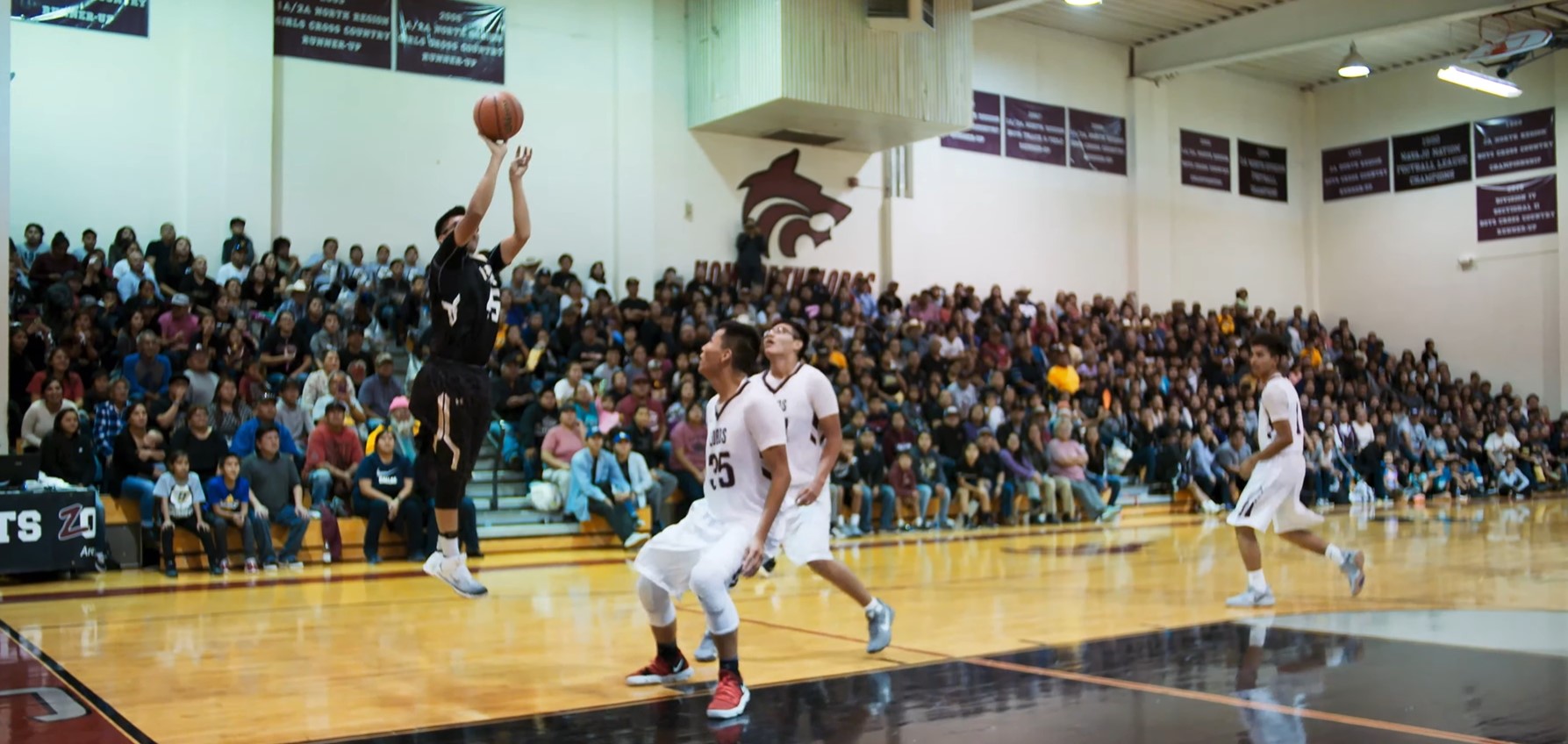
Firstly, Freeland and Harjo didn’t want to make a biographical film about Raul Mendoza and the Wildcats. Rather, they were interested in conceiving a narrative that’s connected to reality only through the premise, which is a Native American high school team’s pursuit of success despite the adversities the players face. Beyond this premise, the storylines that form ‘Rez Ball’ are completely fictional. Harjo, the co-writer, didn’t even properly read Powell’s texts, citing Freeland as his “source material.” Since both writers were part of the Indigenous community, they didn’t have to rely completely on accounts written by a non-Native American. Thus, Freeland and Harjo built the “world [in the film] from the ground up,” as per the filmmaker’s interview with TIME.
‘Rez Ball’ concludes with the Chuska Warriors winning the New Mexico State Basketball Championship by beating the Santa Fe Catholic Coyotes. In reality, however, the Chinle Wildcats didn’t end their 2017-2018 season with the championship. After entering the playoffs, the team lost to Winslow Bulldogs without qualifying for the championship game. For Freeland and Harjo, ‘Rez Ball’ is a success story, and fictionalizing the real events helped them conceive the Warriors’ victory. Within the narrative, the championship means Jimmy Holliday beating his inner demons and accomplishing something valuable as a Native American boy, justifying the creation of this fictional development.
Nataanii Jackson’s Suicide Didn’t Happen in Real Life
The differences between ‘Rez Ball’ and the Chinle Wildcats’ campaign also include the death of Nataanii Jackson. In the film, the Chuska Warriors’ pursuit of the championship begins with the death of their star player, who kills himself. In reality, Raul Mendoza didn’t lose a player, as shown in the sports drama. He even cited the same as one of his biggest achievements. “Do you know what I’m proudest of in this life? Not a single one of those teenagers I counseled committed suicide. They lived, every single one of them,” the real-life coach told Michael Powell, as per ‘Canyon Dreams.’
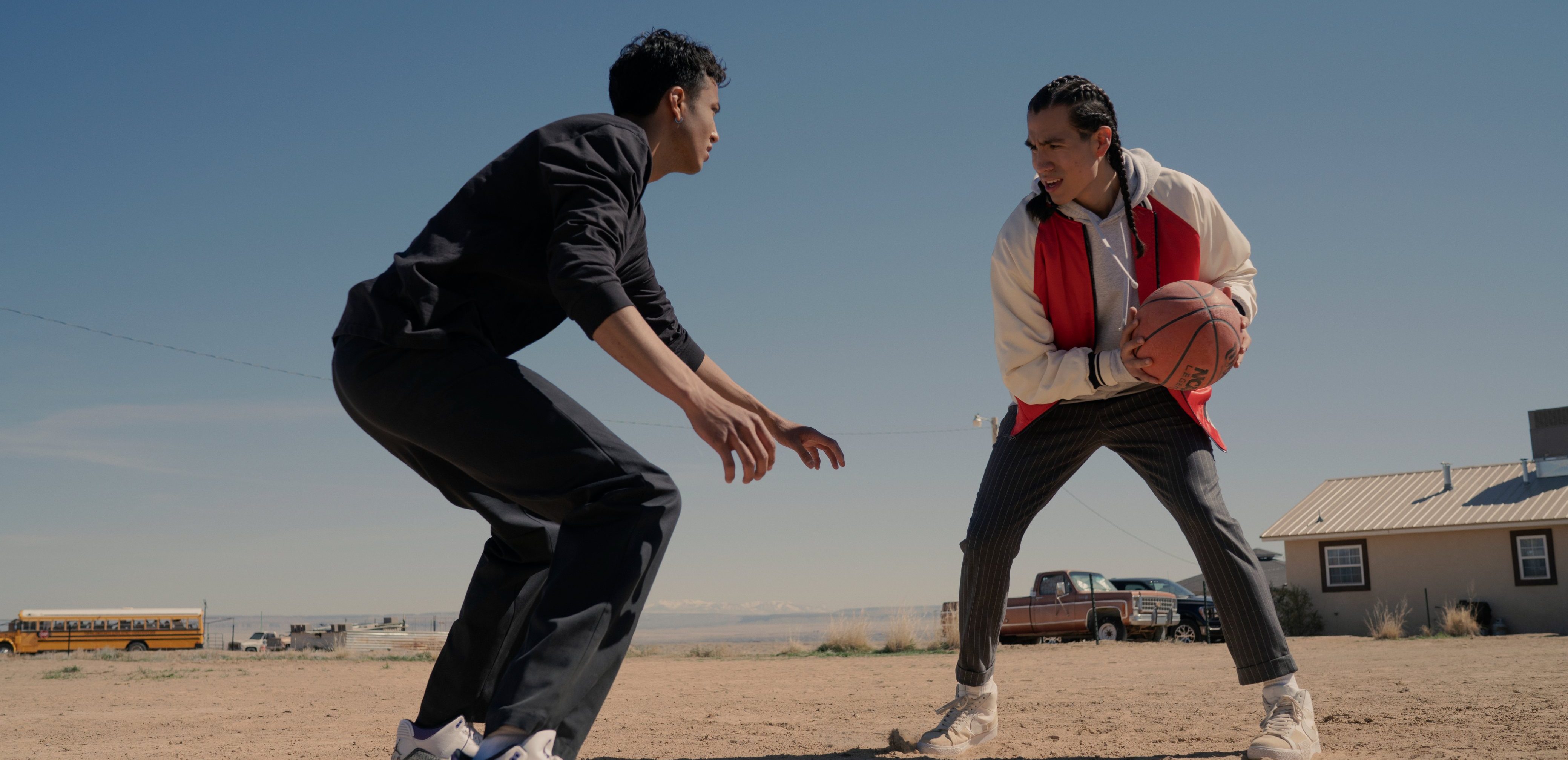
However, the reality was different for Sydney Freeland and Sterlin Harjo. As Indigenous people, they deal with suicides in the Native American communities differently in comparison with Mendoza, who is a non-Indigenous man. Like the characters in the film, Freeland grew up on a Navajo reservation, and suicide is the Navajo teenagers’ second-leading cause of death, according to Powell’s book. Therefore, the filmmaker wanted to address it. She built the movie’s narrative with Nataanii’s death as the foundation, as she was convinced about “drawing from our own personal experiences growing up, and that meant showing the good stuff and the not-so-good stuff,” as per GLAAD.
Coach Heather Hobbs Was Created to Avoid the White Savior Trope
When Sydney Freeland and Sterlin Harjo were conceiving ‘Rez Ball,’ they were adamant about not having a “white savior” who emerged from the outside world to assist the Native American teenagers. They didn’t want a repetition of Gene Hackman’s Norman Dale in ‘Hoosiers’ as their protagonist. Since Raul Mendoza is not a Navajo man, the writers created a coach character from scratch, resulting in the birth of Heather Hobbs. As someone who played “rez ball” on the Navajo reservation, Freeland might not have had trouble creating an Indigenous character who made it big as a basketball player.
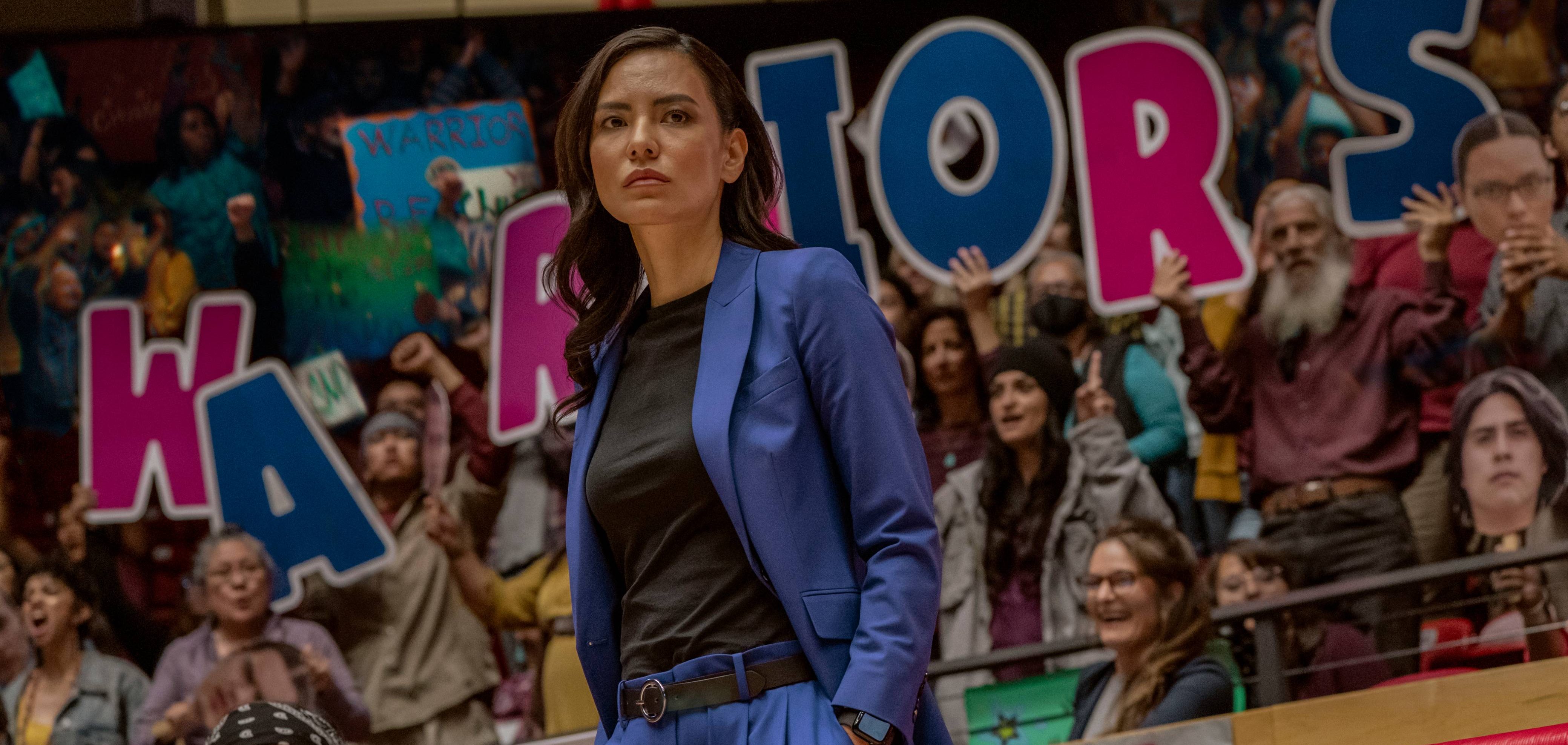
Furthermore, Freeland and Harjo describe themselves as people from matriarchal cultures. Such a heritage influenced their decision to conceive the coach as a woman without being apologetic about it. Having a Native American protagonist was important for the screenwriters since it helped them turn the formula of a sports drama into something rooted in reality. “[When] you’re dealing with a sports film, then you have the typical tropes. ‘Here’s the part where they’re losing; here’s the part where they’re winning. Here’s the part where they’re overcoming adversity.’ That’s where the opportunity came. If you have a coach who’s from the community, then her solutions have to be oriented that way,” the filmmaker told Collider.
That’s why Heather leads her players to her grandmother and makes them herd sheep as an exercise to increase team spirit. The instructions said in the Navajo language are another “solution” that makes ‘Rez Ball’ rooted in Native American culture. To place the film in the realities of Indigenous communities, Freeland and Harjo had to rely on a fictional protagonist.
Jimmy Holiday is a Fictional Basketball Player
Similarly, Jimmy Holiday, the Chuska Warriors’ star player, is also a fictional character. In reality, there wasn’t a player among the Chinle Wildcats who struggled with the suicide of his best friend and closest teammate. Jimmy was conceived in the mold of an archetypal “hero” in a sports drama narrative who displays exceptional skills and responsibility. When it comes to the Wildcats, the player who comes closest is Nachae Nez. He is described as the “star player” of the team. Like Jimmy, Nachae also captained his team and became its leading scorer. However, the real-life counterpart was not part of the Wildcats 2017-2018 team. By the season, he had already graduated.
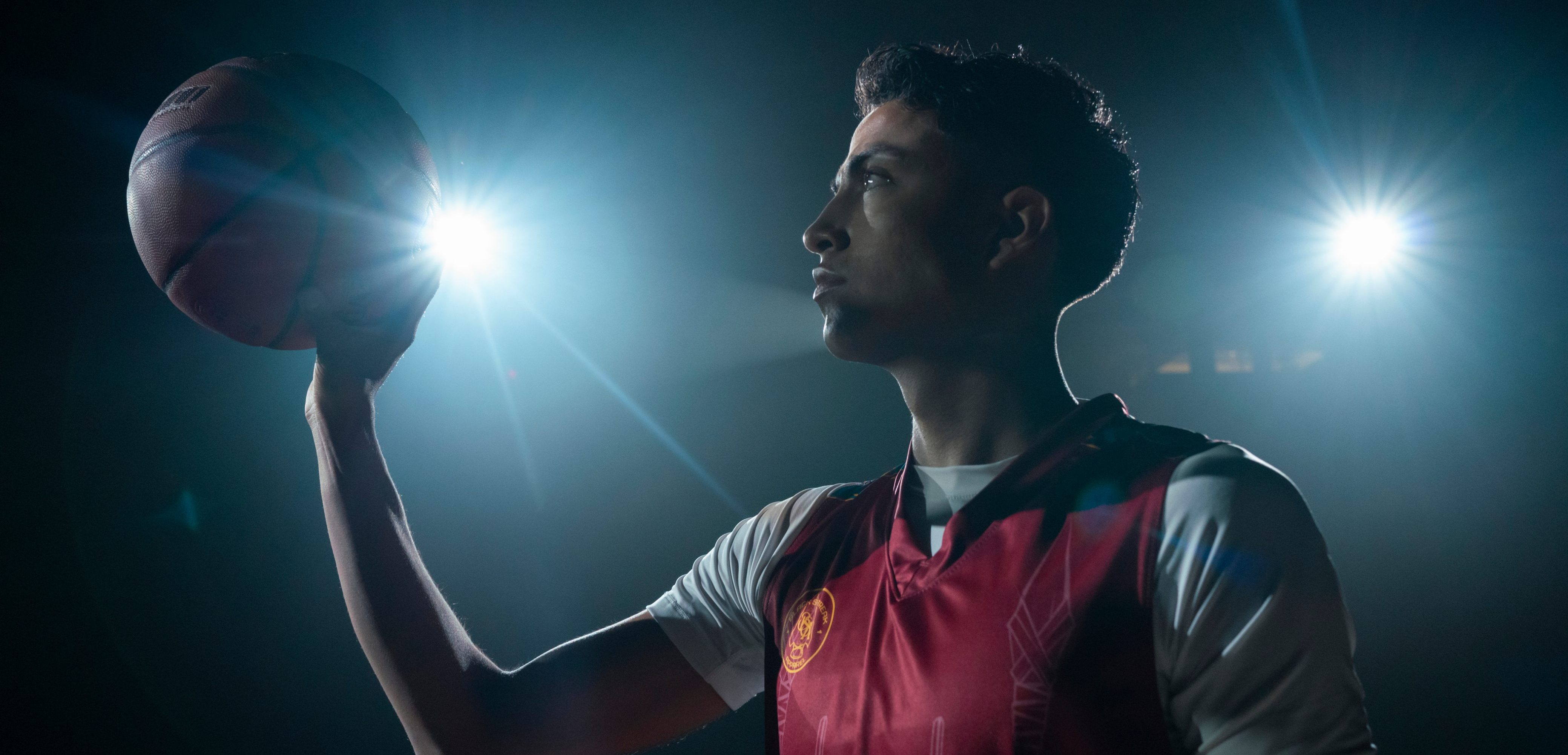
In the 2017-2018 season, the Wildcats were mainly led by Angelo Lewis and Josiah Tsosie. Even though the former was the most powerful among the Wildcats, his discipline concerned Raul Mendoza, which is not the case with Jimmy in the sports drama. Powell noted in his book that the player “sleepwalked through too many practices, joking and laughing, staging a stubborn rear-guard battle against maturity.” On the other hand, Josiah was regarded as one of Arizona’s best cross-country runners. Mendoza considered him “quick, intelligent, mercurial, and moody.” These characteristics remind us of Jimmy immensely.
Jimmy is a quintessential hero figure through whom Sydney Freeland and Sterlin Harjo express the good sides of growing up on a reservation. He is a model teammate and friend. When his teammates and loved ones struggle, Jimmy is there to lend a helping hand. Through these qualities, Freeland and Harjo establish that Native American communities are more than capable of creating heroes.

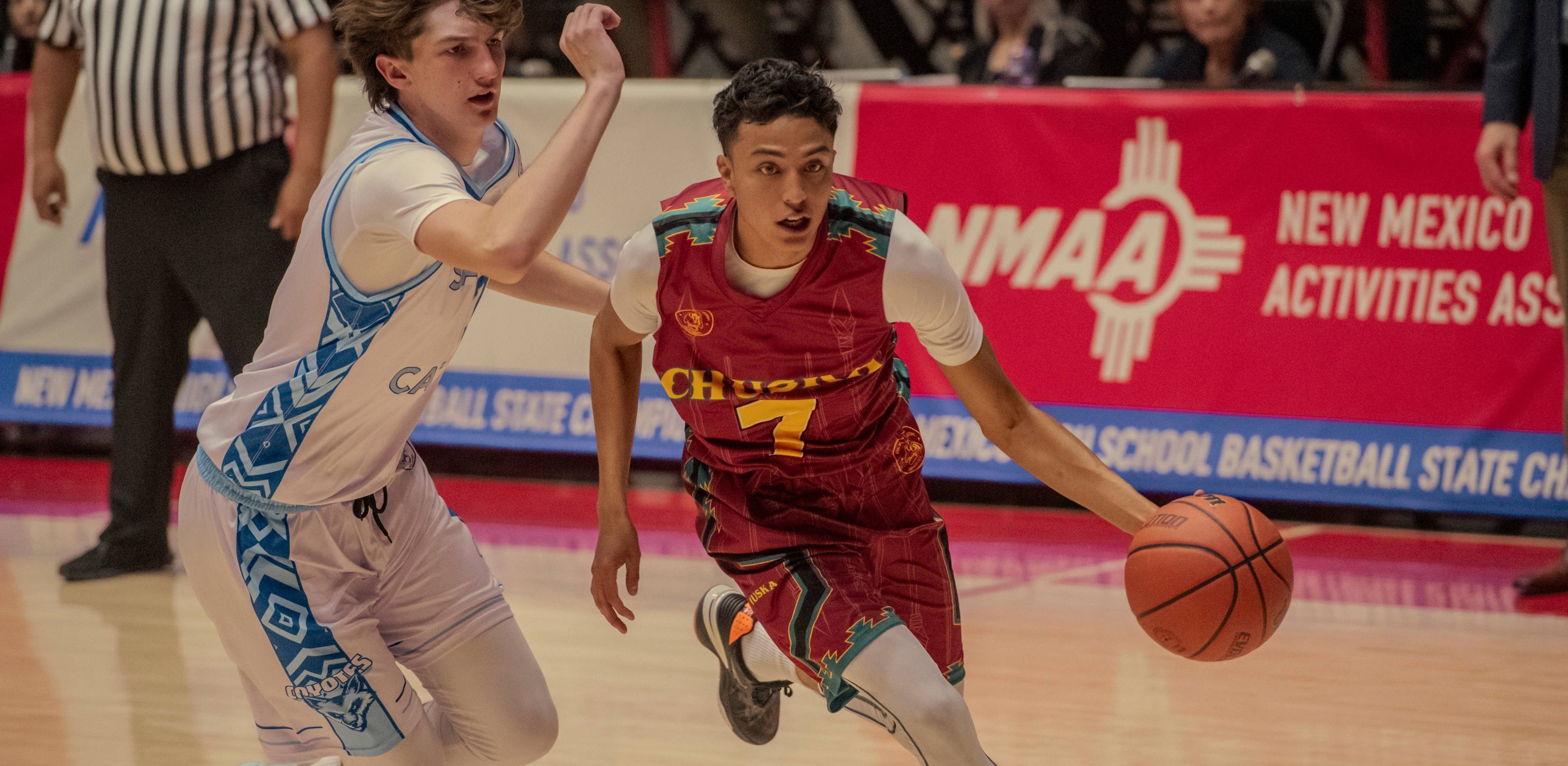
You must be logged in to post a comment.